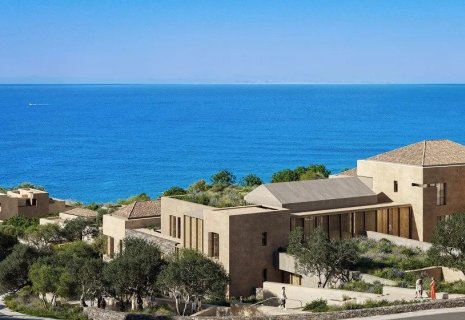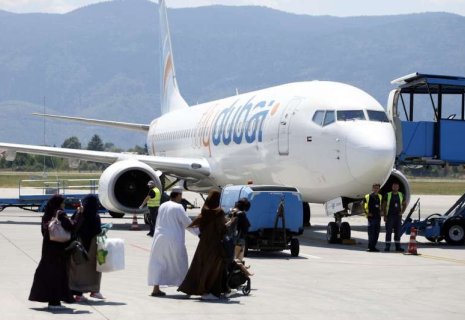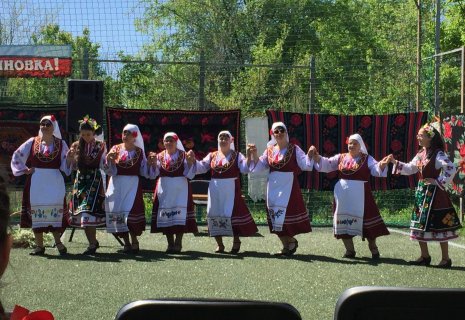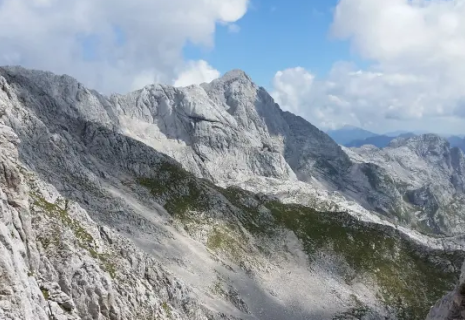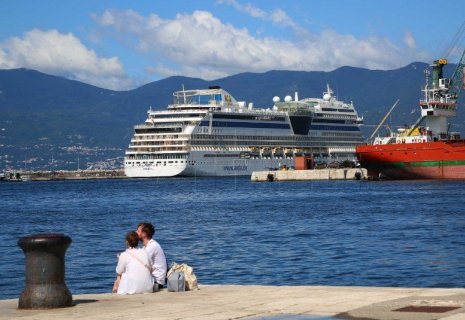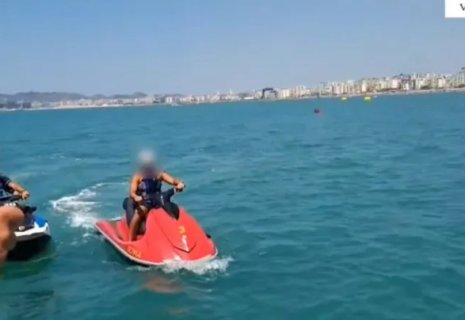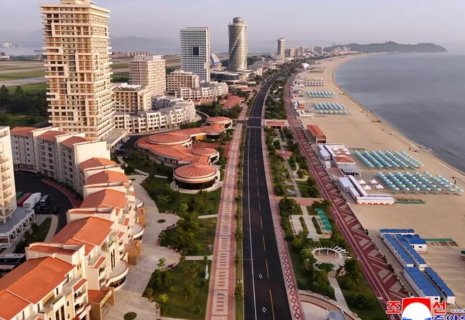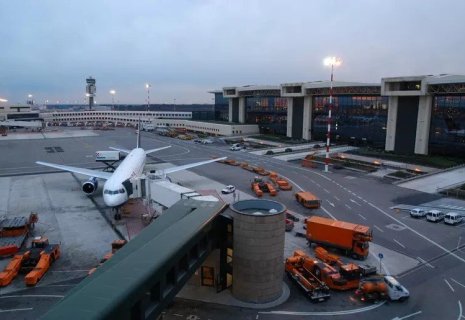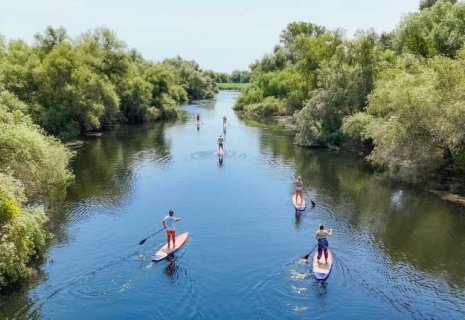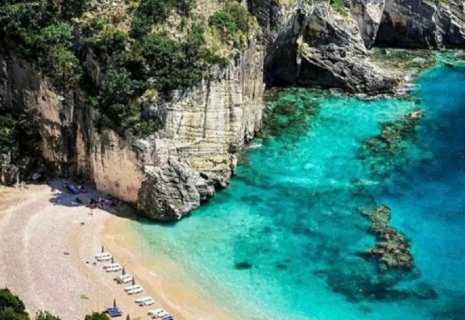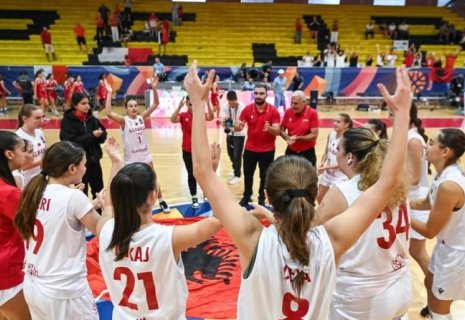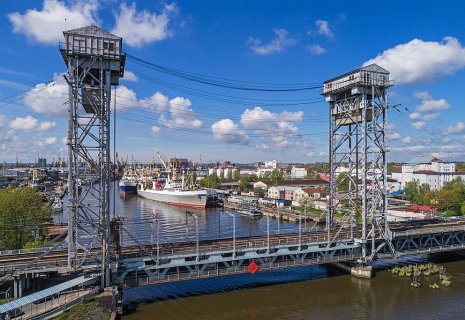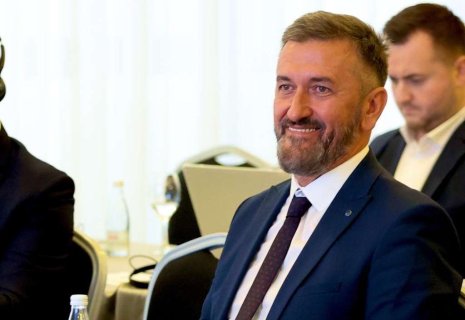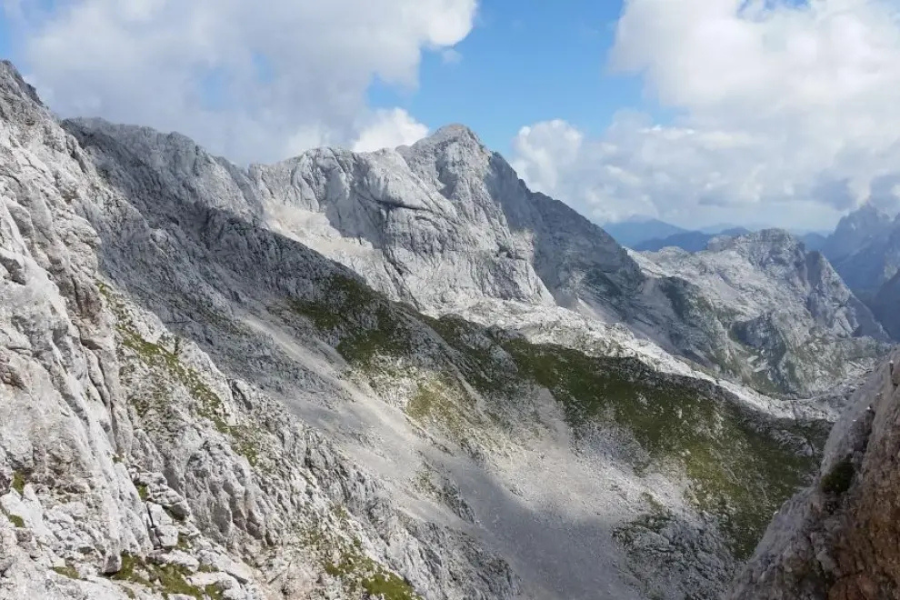
Slovenian mountains becoming deadlier as climbers underestimate risks
The Slovenian mountains have a history of claiming experienced mountaineers as well as the ill-prepared. Authorities point out that just because the mountains are a popular destination, that does not mean safety is guaranteed, CE Report quotes The Slovenia Times.
"The figure of nearly one million people visiting the Slovenian mountains every year gives a false sense of security, which in turn leads to an increase in the number of accidents," the Celje police said on 14 July, a day after two experienced climbers were found dead in the glacier area underneath Mt Skuta in the Kamnik-Savinja Alps.
Initial findings suggest that both fell to their deaths from a great height. The pair had been attempting a climbing route of difficulty level II to III on which there are no belays. The route is very exposed and not categorised, and the terrain is prone to rockslides, the police said as it warned that the number of mountaineering and hiking accidents has been increasing as people overestimate their abilities or underestimate the level of risk.
Official figures show that slips and falls and rockslides have been the leading causes of accidents in the Slovenian mountains for many years.
The national Mountain Rescue Association noted earlier this year that after many years of new tragic highs 2024 did not bring another record in the number of accidents but challenges remain as the number of deaths increased.
Last year, there were 633 incidents, down 54 on the year before, while the number of fatalities stood at 37, nine more than in 2023. A mountain rescue helicopter was needed in roughly 50% of all incidents, show official data.
The authorities point out that many of those heading to the mountains, especially foreigners, rely too much on Google Maps. Inappropriate equipment, lack of training and decisions underestimating the forces of nature and sudden weather changes are also constant problems. Those trying to conquer the mountains should know that even during the peak summer season there could still be winter conditions in many areas.
Last year, 44% of all incidents involved foreigners, mostly hikers from Germany, the Czech Republic, the Netherlands, Poland and Belgium.
"In planning their routes foreigners often rely on Google Maps or other non-specialised maps that do not take into account the altitude difference and the technical difficulty of the route. Seemingly short and easy routes often turn out to be very challenging. More and more foreign hikers spend the night in alpine shelters that were originally intended for mountaineers or in case of an emergency - and not for tourist accommodation," Gregor Dolinar, head of the Mountain Rescue Association, told the news portal 24ur.
There is one such shelter in the Mt Skuta area. Its sleek, Instagrammable design has turned it into a popular destination with visitors braving a challenging, unmarked route to get to it. But many underestimate the challenge in their desire to take a picture or enjoy the breathtaking views. As a result one in ten incidents recorded by the Kamnik mountain rescue service last year directly involved the shelter, 24ur reported.
In summertime, rescuers are particularly busy but there are naturally also incidents in winter. In December last year, a Hungarian climber perished in a snowstorm in the Kamnik-Savinja Alps. Gruelling weather conditions and steep and inaccessible terrain made the search all the more difficult, but rescuers did save the woman who was with him. The equipment the pair had with them was deemed crucial for her survival.
Due to cases where those rescued have been seriously unprepared for the mountains there has been talk about introducing fines for such reckless conduct, the likes of which some countries, such as Italy, have, but so far no decision has come out of it.


